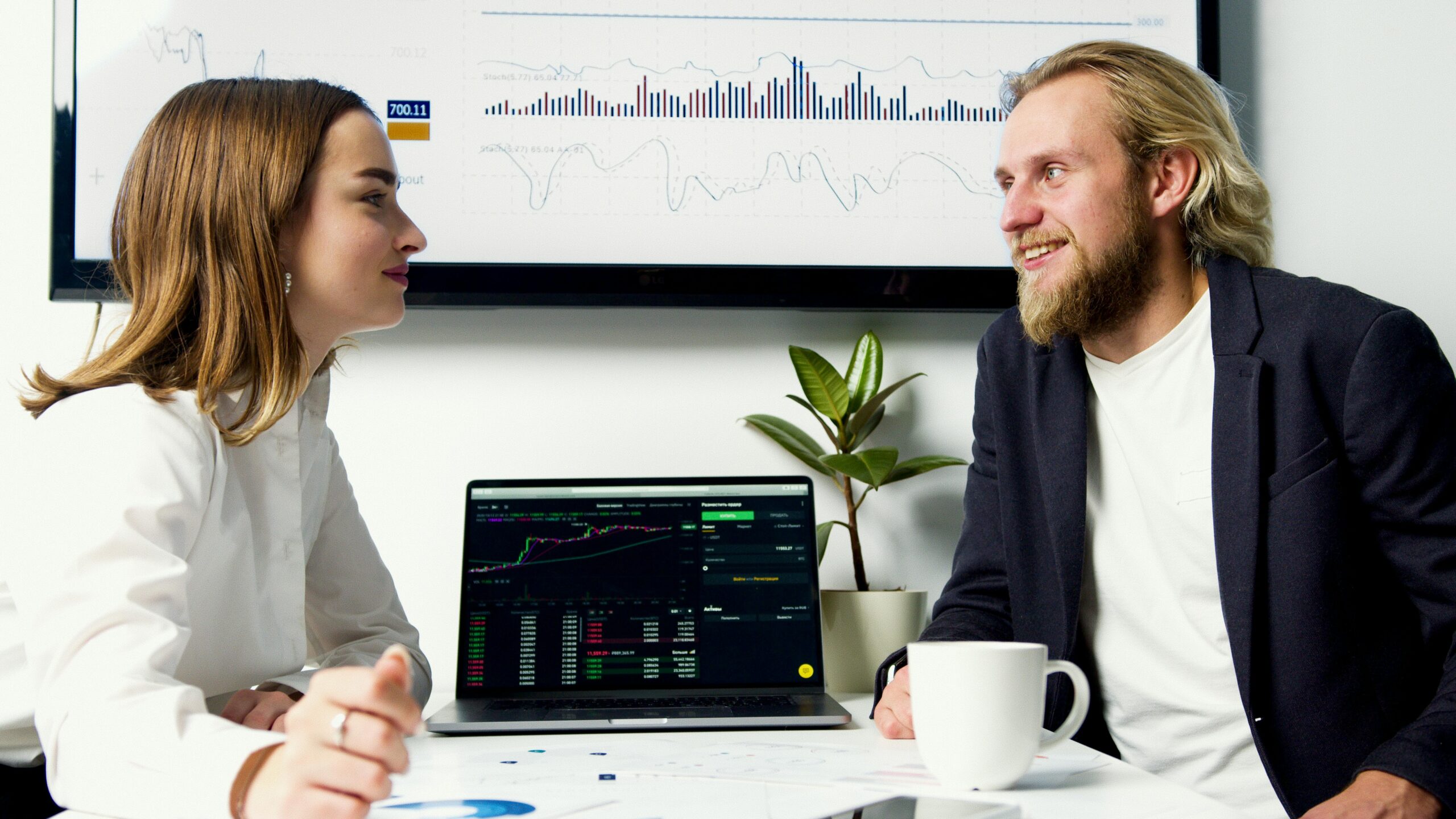Machine learning is a big trend in today’s technology world. The reason behind its high demand makes sense—machine learning represents just how many possibilities there are for computers to learn.
What many people—you, included—may not realize is that they are already using machine learning on a regular basis. Apps such as Google Assistant, Alexa, and Google Maps, for example, use machine learning to execute their tasks.
In this article, we will give you more examples of machine-learning applications that are widely used in today’s day and age. Let’s get right to it:
1. Speech Recognition
If you use Google a lot, then you should be familiar with its “search by voice” feature. This feature allows you to get answers to your query without typing any characters down, and it basically uses speech recognition technology.
Speech recognition translates voice instructions into text and may also be known as computer speech recognition or speech-to-text. This technology is made possible with help of machine learning algorithms.
Besides Google Assistant, Cortana, Alexa, and Siri are other examples of speech recognition technology.
2. Email Spam Filtering
Emails are automatically filtered into different categories—important, normal, and spam. You have machine learning to thank for these filters. Without it, you would have an inbox full of phishing emails, chain messages, and money scams.
Gmail uses these spam filters to protect your inbox from questionable emails:
- Header filter
- Content filter
- Permissions filters
- Rules-based filters
3. Product Recommendations
Have you ever searched for a product on Google and then seen ads for that same product on social media? It may seem scary, but that is actually machine learning at play.
You get suggested the product because platforms like Google, Facebook, and Instagram use machine learning to learn user intent. They then use the information from your search or interaction to give you targeted ads or content.
4. Google Translate
With Google Translate, it has never been easier to communicate with someone who speaks a completely different language from you.
This technology makes use of GNMT, which stands for Google Neural Machine Translation. As you can guess by its name, it takes advantage of Neural Machine Learning and Natural Language Processing to give users the most accurate translation possible of words or sentences.
It also uses NER (Named Entity Recognition), POS Tagging, and Chunking to factor in the tone of words.
5. Medical Diagnosis
Machine learning can also benefit the healthcare industry. It is typically applied in diagnosing diseases. It helps create 3D models that can forecast, for example, the precise position of lesions in the brain.
6. Traffic Prediction
Many people continue to rely on Google Maps when they need help navigating a new city or just want exact directions to their destination.
But Google Maps does not only provide you with directions. It also suggests the best routes to take based on traffic.
How does it do this? The answer is that combines historic data of the route gathered over time and the people currently using the app. Since everyone using the service has to provide their location and share which route they are taking, they help Google learn about the traffic situation.
7. Online Fraud Detection
Thanks to machine learning, people can now worry less about making transactions online. For example, the Feed Forward Neural Network—one approach to machine learning—makes it possible to detect whether a transaction is legitimate or fake.
If the transaction is real, it converts the output into hash values, which become the input for the next step. Each genuine transaction follows a specific function, protecting the system from fraudulent transactions.
With the Feed Forward Neural Network in place, fake accounts, fake IDs, and stolen money can be avoided.
8. Image Recognition
One of machine learning’s most common applications is image recognition. This technology is used to validate people, objects, and places, among others.
A good example of image recognition in use is Facebook’s auto friend tagging feature. If you upload a photo with your Facebook friends in it, Facebook will automatically—and often accurately—suggest a name to tag.
9. Video Streaming
Video streaming sites such as Netflix and Disney+ give users the best possible experience by putting machine learning to good use. They can collect data like the following for each subscriber:
- Which days you watch shows and movies
- Which parts you skip, pause, or rewind
- What you search for
- The ratings you leave
This is how video streaming platforms give recommendations on what to watch next and so much more.
In Closing
Machine learning truly deserves the popularity it has since it can be applied across different industries and can make millions of lives much easier.
If you are interested in using machine learning to augment your business but do not know where to get started, it’s smart to consult a startup expert and business management consultant like Ande Aditya. Visit Startup in Thailand today to schedule a free consultation with him.
Please read more about Ande’s thought leadership on Future Businesses and the top 10 technologies that would prevail in our future times.








